![]()
![]()
![]()
Use LEFT and RIGHT arrow keys to navigate between flashcards;
Use UP and DOWN arrow keys to flip the card;
H to show hint;
A reads text to speech;
61 Cards in this Set
- Front
- Back

|
Adenine |
|
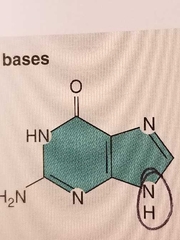
Guanine |
Guanine |
|
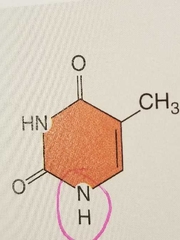
Thymine |
Thymine |
|
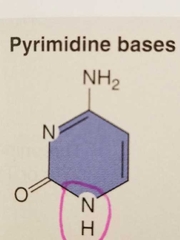
|
Cytosine |
|
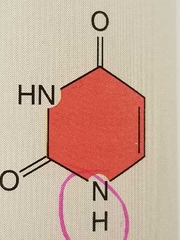
|
Uracil |
|

|
Glycine |
|
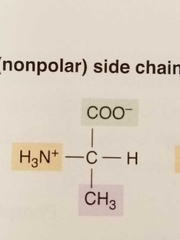
|
Alanine |
|
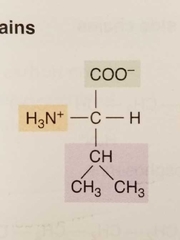
|
Valine |
|
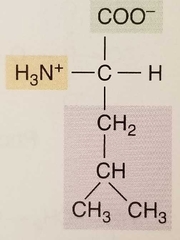
|
Leucine |
|

|
Isoleucine |
|
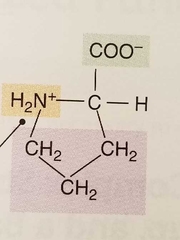
|
Proline |
|
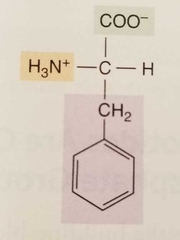
|
Phenylalanine |
|

|
Trytophan |
|

|
Methionine |
|
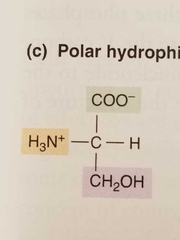
|
Serine |
|
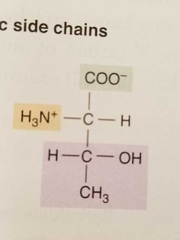
|
Threonine |
|

|
Tyrosine |
|
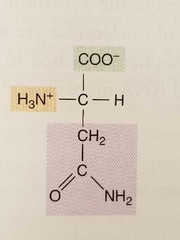
|
Asparagine |
|
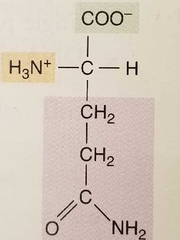
|
Glutamine |
|

|
Cysteine |
|
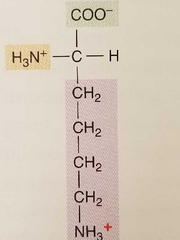
|
Lysine |
|
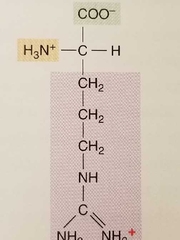
|
Arginine |
|
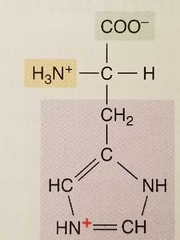
|
Histidine |
|

|
Aspartic acid |
|
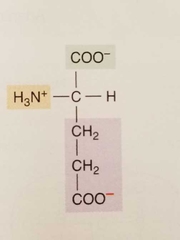
|
Glutamic acid |
|
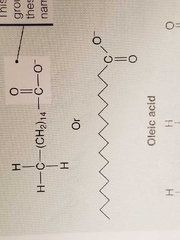
|
Palmitic acid |
|
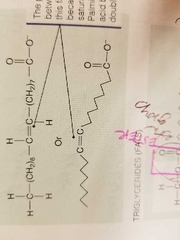
|
Oleic acid |
|
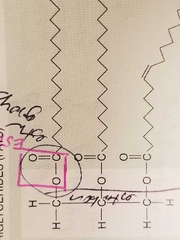
|
Triglycerides |
|
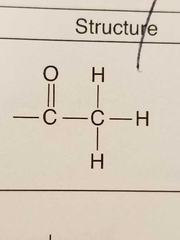
|
Acetyl |
|

|
Alcohol |
|
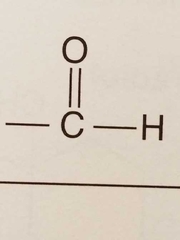
|
Aldehyde |
|
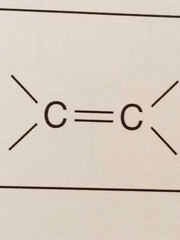
|
Alkenyl |
|
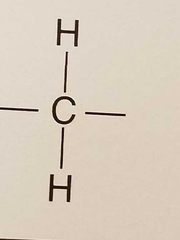
|
Alkyl |
|
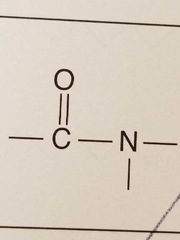
|
Amide |
|

|
Amino |
|
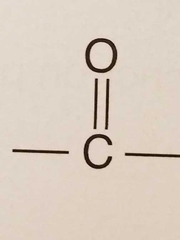
|
Carbonyl |
|
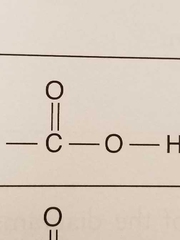
|
Carboxyl/ carboxylic acid |
|
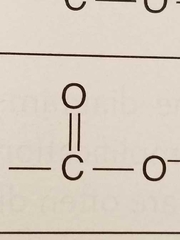
|
Carboxylate |
|

|
Ether |
|
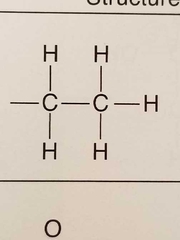
|
Ethyl |
|
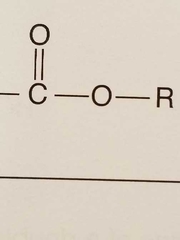
|
Ester |
|
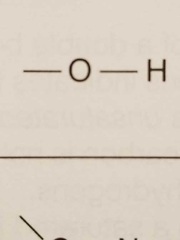
|
Hydroxyl |
|
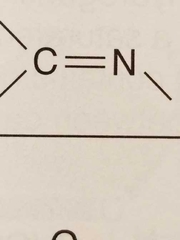
|
Imino |
|
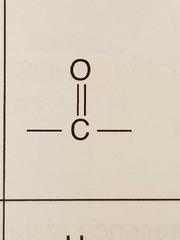
|
Ketone |
|
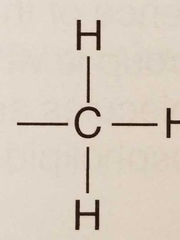
|
Methyl |
|

|
Phenyl |
|

|
Phosphate |
|
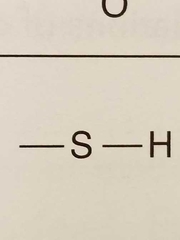
|
Sulfhydryl |
|
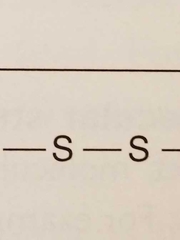
|
Disulfide |
|
|
Describe light reactions |
Captures photons of light and combines them with co2 and water to make GA3P and DHAP |
|
|
Describe dark reactions |
Converts GA3P and DHAP from light reactions to starch and sucrose |
|

|
Granum |
|
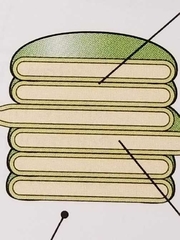
|
Thylakoid |
|
|
Functions of SER |
Phospholipid biosynthesis Ca storage Glycogen breakdown ( liver and muscle) Detoxification by enzymes |
|
|
m6Pr |
Receptor for lysosomal proteins |
|
|
Peroxisome functions |
Oxidation reactions that cstaboluze fatty acids Detoxification through oxidation |
|
|
Four major types of tissues in animal celld |
Epithelial, connective, muscle, nervous |
|
|
Three major types of tissues in plants |
Dermal, vascular, ground ( root) |
|
|
Physiology is the study of |
Tissue and organ structure and function |
|
|
Function of connective tissue |
Maintains the 3d shape of an organ, consists largely of ECM with low density of cells |
|
|
3 types if muscle cell |
Skeletal ( striated) Cardiac ( also striated) Smooth |

